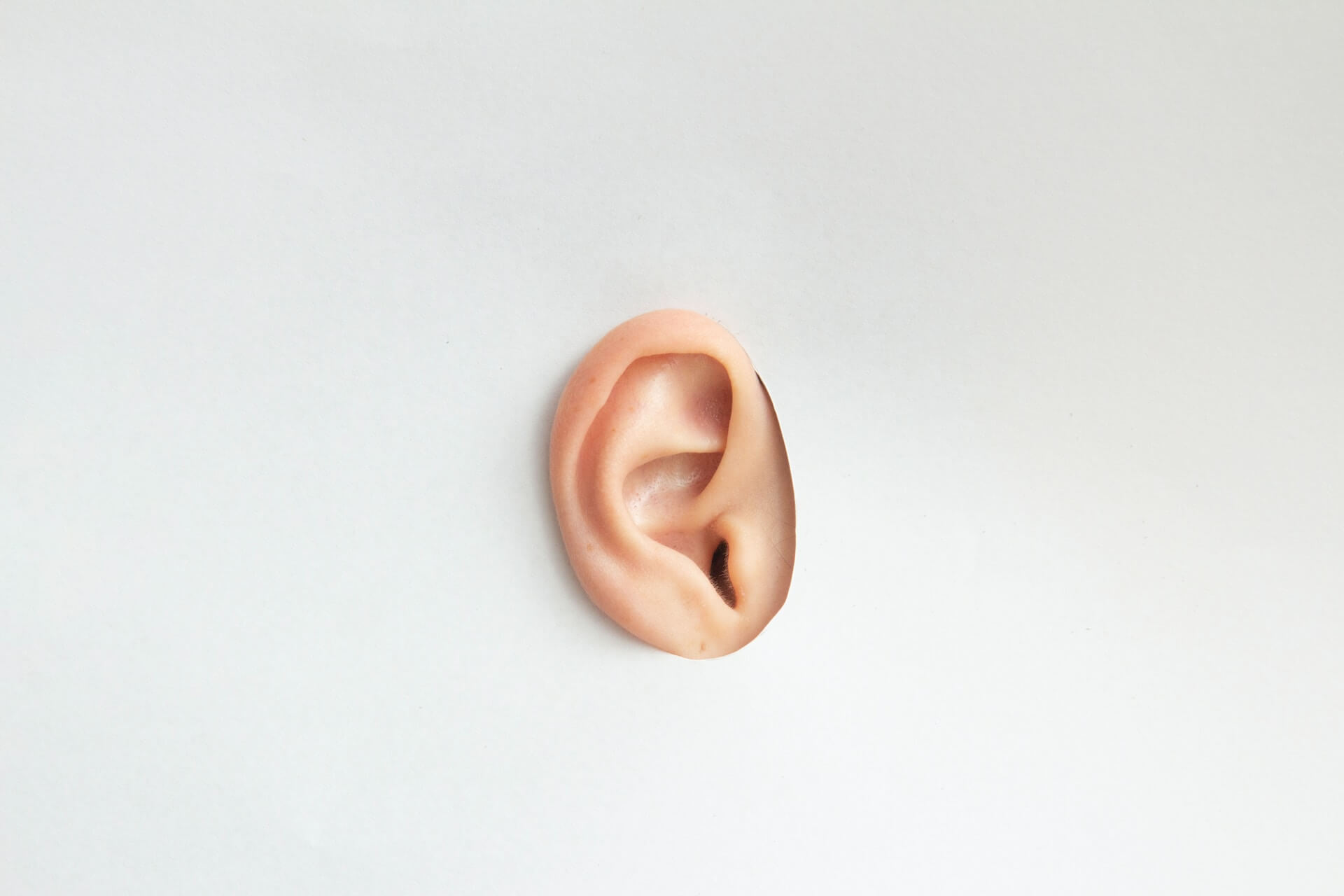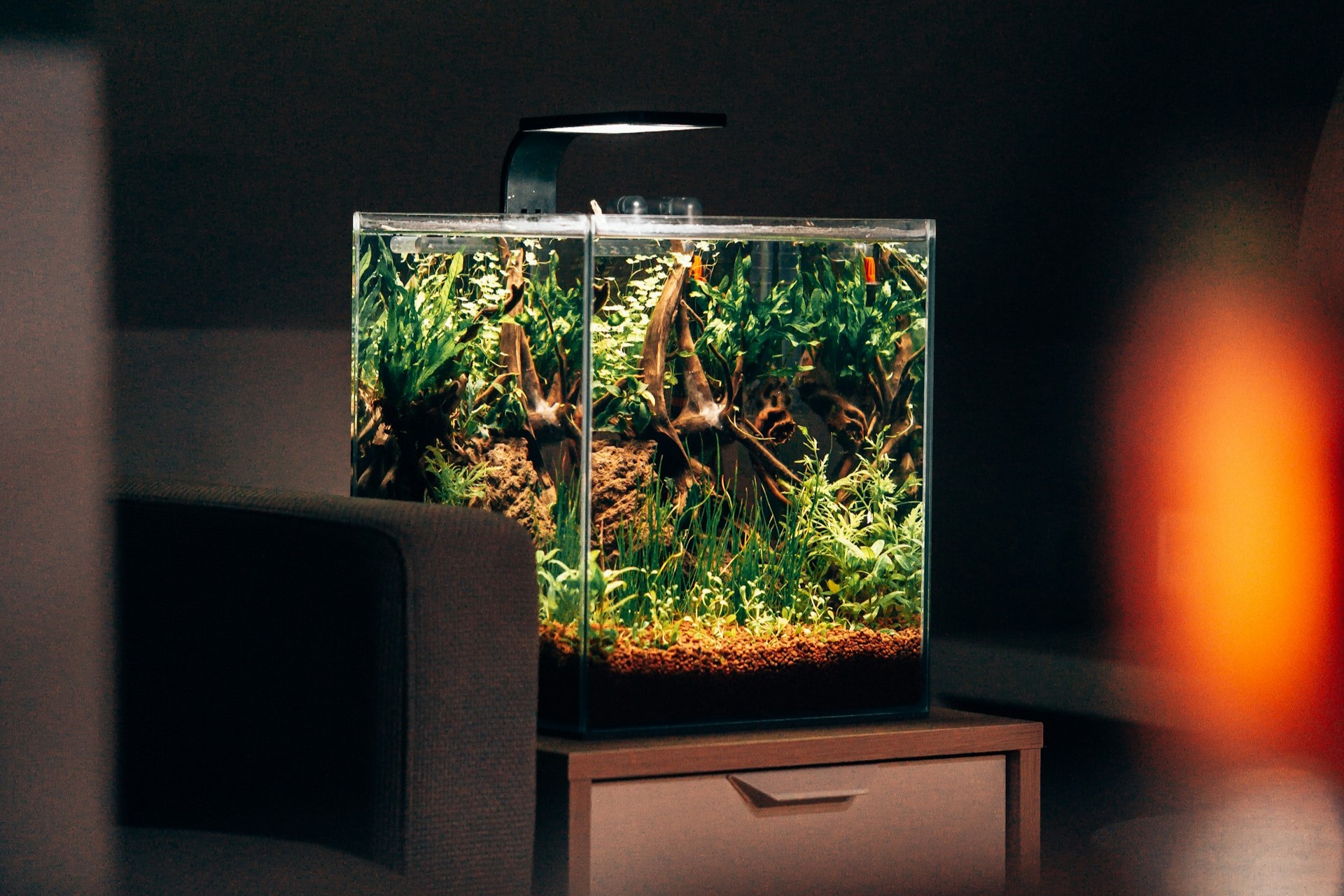
As an Amazon Associate, Modded gets commissions for purchases made through links in this post.
What guy doesn’t want to own a fish? They’re quiet, low-maintenance and fun to watch — the perfect pet. If you want one but don’t know where to start, we can help. Here’s a complete guide on how to take care of a fish in a freshwater tank.
The Best Types of Pet Fishes for Beginners
Low-maintenance, interesting fish are usually the best fish as pets for beginners. Here are some popular freshwater species.
Bettas
Bettas come in dozens of types and colors. They enjoy living alone and can live for up to seven years, making them great for beginners. Longfin, opaque and peaceful are some of the hardiest and least aggressive subspecies.
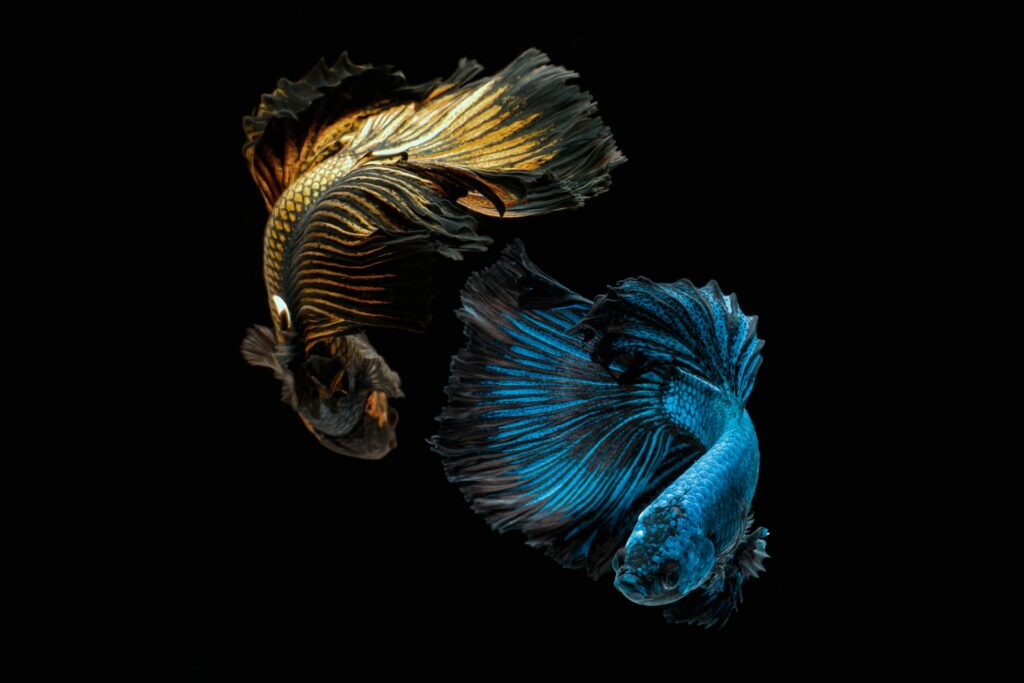
Mollies
The common molly is a small tropical fish. It prefers to be around other mollies but will live peacefully alongside bettas and tetras. It’s not a picky eater and is generally hardy.
Kuhli Loach
The Kuhli Loach is an eel-like nocturnal fish that enjoys burrowing and scavenging. Despite its odd, exotic appearance, learning how to take care of a fish like this is surprisingly simple.
Tetras
Tetras are great for guys with little to no aquarium experience because they’re peaceful, resilient and energetic. The black phantom tetra and neon tetra are popular subspecies because they look great and make excellent tankmates.

Guppies
Guppies are tropical fish. Even though they look exotic, they’re surprisingly low maintenance because they’re small and friendly. Be careful, though — they’re notorious for breeding fast. Unless you want tons of baby fish, choose only males or females.
How to Take Care of a Fish Tank and Its Freshwater Fish
Learning how to take care of a fish can feel overwhelming at first, but don’t worry — it’ll eventually feel like second nature. For now, prioritize the basics. Ask yourself, “What does a fish need to survive?” Its diet and living conditions are the only things you need to focus on at first.
What you feed your fish depends on its type. Every species needs different nutrients and prefers different flavors. For example, while bettas enjoy fish flakes, kuhli loaches need sinking pellets. As a treat, you can occasionally supplement flakes or pellets with foods like water fleas, bloodworms or freeze-fried brine shrimp.
Other than their diet, living conditions should be your main priority. Regardless of species, every fish needs light, clean water and proper filtration to survive. Your tank should check all of these boxes before you get your pet.
Everything You Need for a Fish Tank
So, what does a fish need to survive? Of course, it needs a tank. Opt for glass over acrylic if possible — it’s cheaper and more scratch-resistant. A 10-gallon tank is the ideal size for beginners because it’s manageable. Besides, anything smaller is inhumane for most species.
You also need a filter — mechanical, chemical or biological — to remove debris and toxins, making your tank safe for fish. Lighting-wise, fluorescent or LED are your best bet because they’re energy-efficient and compact.
Heaters are essential if the temperature in your tank’s room fluctuates. Lighting, weather and seasons can affect water temperature, so consider getting one to be safe. You can choose from the hanging, submersible or in-line options. Getting a thermometer is also a good idea since it helps you ensure your equipment is working right.
An air pump keeps the water oxygenated so your fish can breathe. It also helps your heater distribute heat evenly instead of in pockets, which helps your fish stay healthy and keeps their stress levels down.
You might need optional aquarium maintenance equipment. While you don’t necessarily need a siphon and bucket, they make tank cleaning much more manageable. Funnily enough, a bucket can also make a great temporary tank if you ever need to quarantine an aggressive or sick fish.
How to Set up a Freshwater Fish Tank
While specifics vary depending on the species, most freshwater fish have similar requirements. Here are some aquarium tips to help you figure out how to set up a freshwater fish tank.
- Arrange Your Fish Tank
Place your tank on a sturdy stand out of direct sunlight and away from windows to minimize temperature fluctuations. Once you’ve set up your lights, filter, heater and air pump, it’s time to dump your aquarium substrate — polished gravel, pebbles, sand or river stone — in.
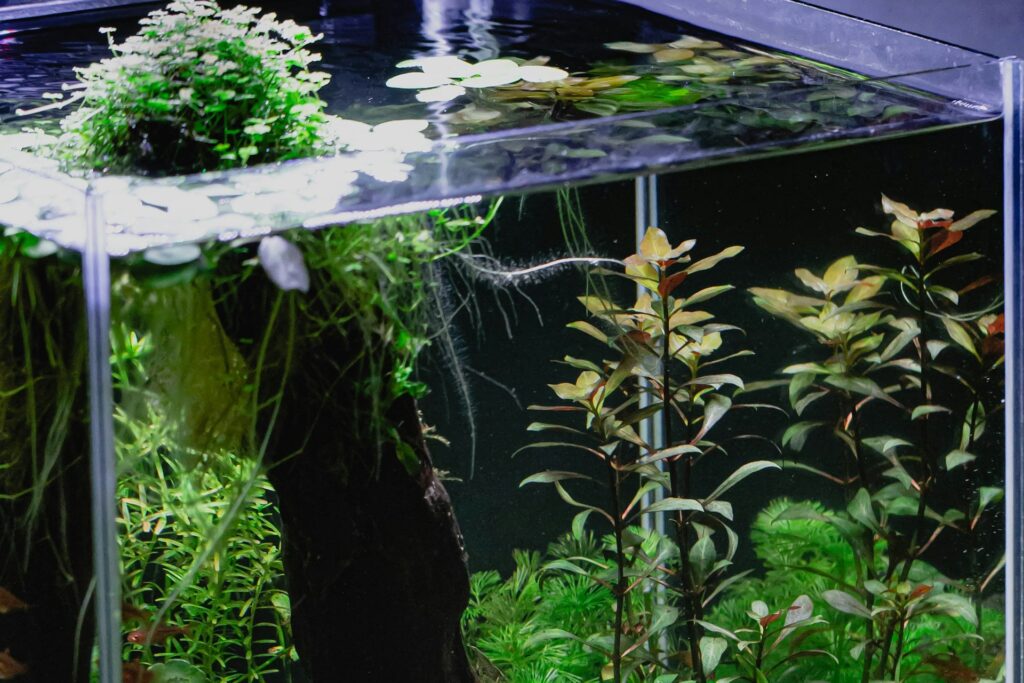
Aquascaping — arranging plants, driftwood and rocks — is a great way to make your tank look interesting and provide enrichment. Most freshwater fish love waterweeds, java fern, algae and anubias nana. Remember to rinse everything off to make the water less cloudy.
- Cycle Your Tank’s Water
You must cycle water — meaning build up good, nitrifying bacteria — to create biologically safe conditions for your fish. Consider getting a limnology test kit to test for water quality parameters like nitrate, pH, carbon dioxide, dissolved oxygen and more.
Slowly fill your tank up, waiting for the cloudiness to clear, and then drop a few fish flakes in. Wait a few days and then do an ammonia test. Aim for at least three parts per million (ppm). Add flakes daily, testing every other day, until you hit three ppm.
At one week, test for nitrites. If you detect them, the nitration cycle has begun. Keep adding flakes daily, letting them decay. When nitrites suddenly drop and nitrates rise, you’re at the cycle’s final stage. You can add fish when the nitrite and ammonia levels reach zero ppm.
- Slowly Introduce Your Fish
Introduce your fish slowly since too many may drive nitrite and ammonia up to unsafe levels. Place your pet in a bucket, slowly adding a small amount of water every five to ten minutes. Once the bucket’s contents are roughly 50% to 75% tank water, your fish will be adjusted.

The second method is to place the bag your fish came in in your tank and let it float for some time so the water temperature adjusts. Then, slowly open the bag to let the tank water in. This way, your fish can adapt to the pH difference.
Aquarium Tips for Keeping a Healthy Tank
Part of learning how to take care of a fish involves knowing when to conduct aquarium maintenance. Keeping a healthy tank takes time and knowledge, but seeing your pet thrive is worth the effort.
Freshwater aquariums’ temperatures should range from 72°F to 82°F, ideally. Tropical species may prefer warmer conditions. Make sure sunlight, air conditioning, weather and seasonal changes don’t affect how warm your tank’s water is.
Regularly test your water’s pH, ammonia, carbon dioxide and nitrite levels to ensure it stays livable. Changes over time are normal — pH naturally drops over time, for example — but too big of a change can stress your pet and make the tank inhabitable.
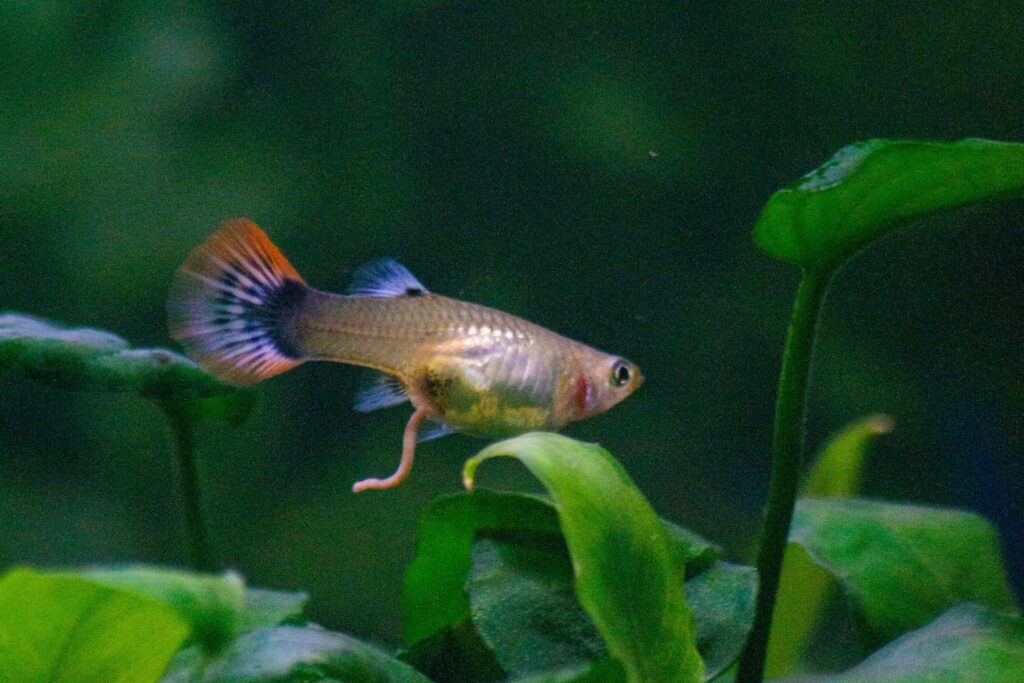
Change the water if your tests show some water quality parameters are too high or low. You generally want to do this anyway — change about 10% to 25% once weekly. Remember to add water conditioner to tap water to balance pH and eliminate chlorine before refilling.
Tank cleanliness is a huge part of aquarium maintenance. Remove excess algae and take care of cloudy water. A siphon and bucket make keeping a healthy tank much easier since they allow you to drain water faster and remove debris at the bottom of your aquarium.
Things to Look Out for in Your Fish Tank
Water quality is one of the biggest things to look out for as you continue learning how to take care of a fish tank. Generally, it should stay clear and have little to no smell. If you notice it getting cloudy or yellowing, double-check that your equipment is working correctly.
Another one of the most important things to look out for is signs of sickness. Discoloration, lethargy, tilting, sagging fins, sinking or floating are signs your fish is stressed, sick or infected. Act quickly, depending on the species and symptoms, to help it get better as soon as possible.
Looking to learn about even more exotic pets? Check out our beginner’s guide to keeping pet snakes!
Stay up to date with the latest by subscribing to Modded Minute.
Author
Jack Shaw is a senior writer at Modded. Jack is an avid enthusiast for keeping up with personal health and enjoying nature. He has over five years of experience writing in the men's lifestyle niche, and has written extensively on topics of fitness, exploring the outdoors and men's interests. His writings have been featured in SportsEd TV, Love Inc., and Offroad Xtreme among many more publications.




